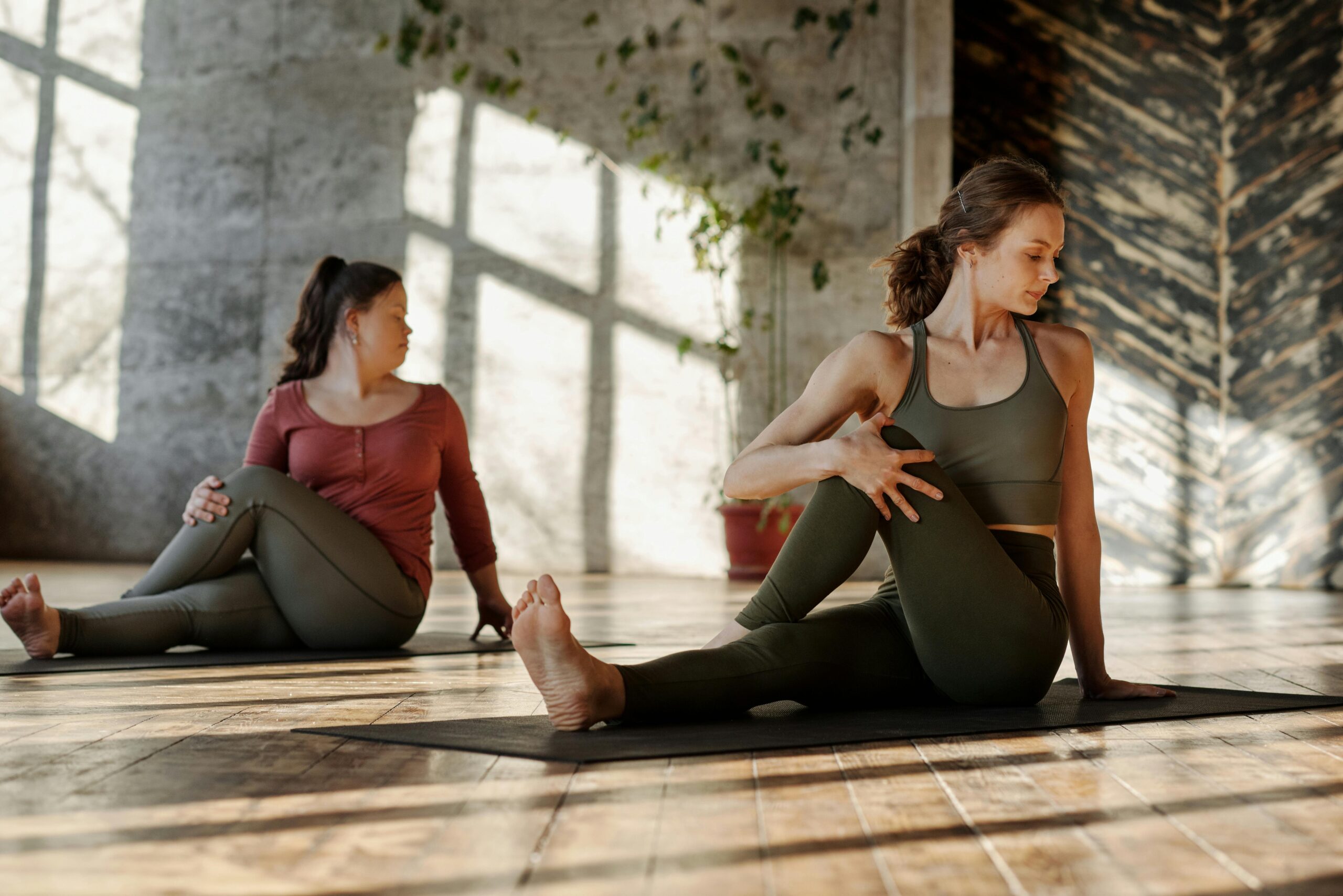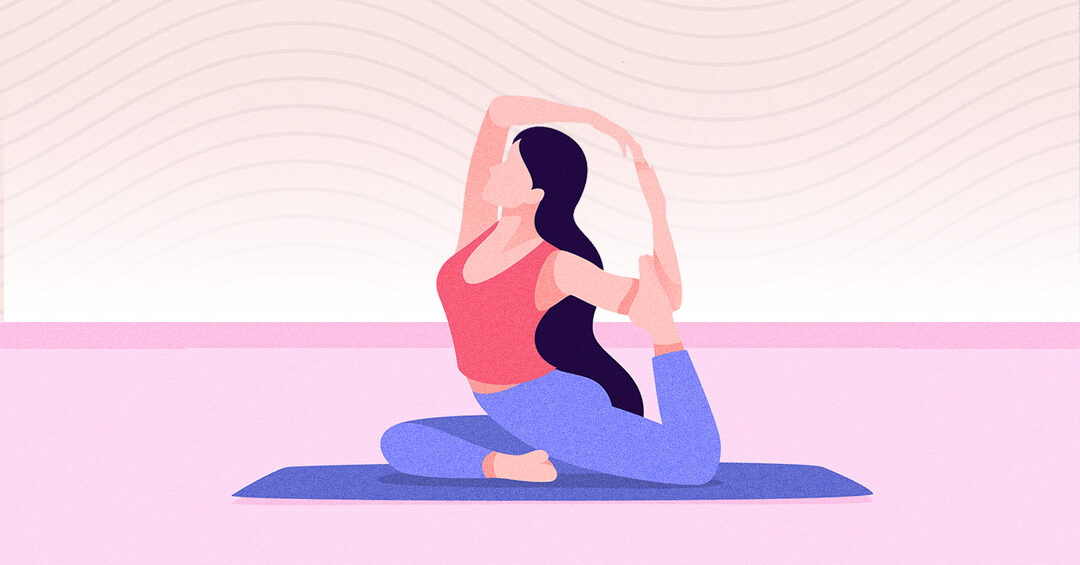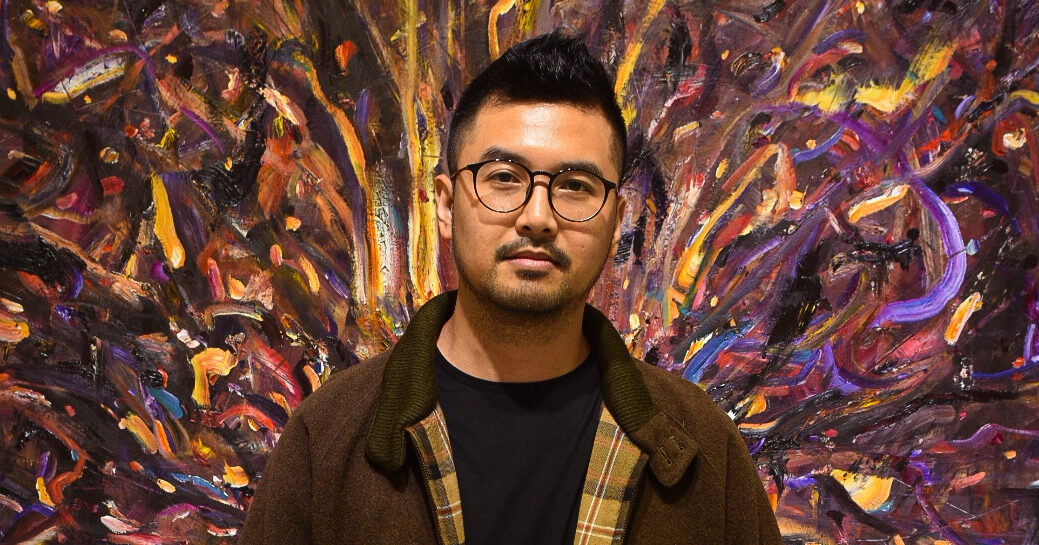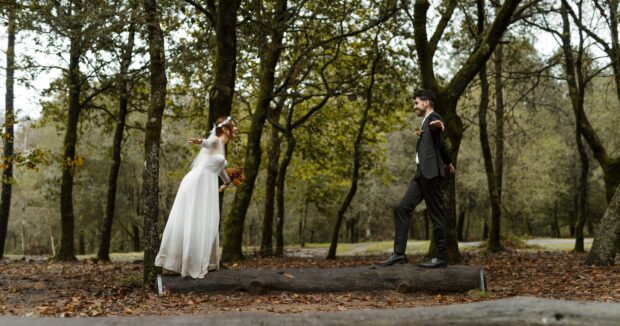How the ancient tenets of yoga have helped with modern life
In line with International Yoga Day, I’d like to reflect on how yoga can change the life of every ordinary Jane or Joe—beyond the stereotypes of “flexi lexi” girls in tights or hippies sitting cross-legged under dreamcatchers.
Believed to have originated in India over 5,000 years ago, yoga is rooted in ancient Hindu spirituality with the ultimate goal of reaching transcendental states, bringing harmony between mind and body. Yoga is derived from the Sanskrit root “yuj,” which literally translates to “to join,” “to yoke,” or “to unite.”
There are the basic, well-known benefits: improved flexibility, strength, balance, and stress reduction. But the renowned American yoga teacher Judith Hanson Lasater once said, “Yoga is not about touching your toes; it’s about what you learn on the way down.”
Beyond the physical aspects, the true essence of yoga lies in the life lessons it imparts.
Mindfulness—what is it, really?
The first thing I learned from yoga is mindfulness. During my college years, when I was often preoccupied with less-than-healthy pursuits (read: Red Horse beer), a friend’s drunken heart-to-heart advice stuck with me: “You should be more mindful.”
At the time, I had no idea what the term meant (it’s now a bit of a buzzword). But my yoga classes at the beloved, now-defunct White Space Manila in Katipunan introduced me to this concept. What was “mindfulness” really? It shocked me to learn that it simply meant being in the present moment, and on the mat.
I was blown away. And the best way to approach it was through the breath.
The practice is specifically called pranayama, an ancient breath technique that is regarded as a science. It’s called the “fourth limb” in yoga where it’s believed the mind can be controlled through breath regulations. There is also a wide array of yogic breathing techniques.
READ: Raising vibrations: Siargao-based teacher Kaye Aboitiz dives into yoga’s spiritual depths
Just by taking deep breaths, it could snowball into a series of wonderful, peaceful moments: a pause to look around the world, a glance at one’s state within. Slowing down to have the capacity to be a bit more compassionate. To appreciate the trees outside or take in the simple beauty of plants in the room. It was awesome. And, in this crazy busy world, so underrated.
Controlling the body to control energy
Yoga also taught me the art of controlling the body to manage energy. As a child, I often struggled to understand why my head would feel hot and flushed when I was frustrated, like a kid with smoke billowing out of their ears. Coming from a generation where expressing emotions was discouraged, yoga provided me with meditations and techniques to be conscious of what I was feeling, and to address it mindfully.
Simple prompts like exhaling deeply and visualizing stagnant, smoky energy leaving my body, followed by inhaling positive energy (whether peace, love, patience or simply white light) instantly refreshed me, dissipating the fumes of frustration.
In the yogic practice, this energy is called “prana,” believed to be the force of life all around us and our bodies. This energy-clearing visualization and breathing can be purifying, and as someone who consumes a lot of toxins, it really does feel detoxifying.
Sometimes, when I’m not quite ready to get out of bed, I start my mornings with a body scan meditation, envisioning white light traveling from the tips of my toes to the top of my head, energetically wiping away the heavy remnants of sleep and setting the tone for a light-filled day. The same process can be applied at night—by consciously relaxing each muscle.

Fall with a smile on your face
One of the most valuable lessons yoga taught me is to tread lightly—movement should never be a form of punishment.
You can go at your own pace. The mat is your space to play.
It’s so important to start your yoga journey with a teacher who sees the importance of moderation and provides options for varying difficulty levels to make sure you don’t push your body beyond the limits and risk injury.
Depending on the teacher, some classes can inadvertently foster a competitive atmosphere, with students straining to attempt advanced poses out of self-consciousness. However, yoga should always be a nurturing space of self-acceptance and respect for others’ boundaries.
Yoga also taught me to laugh lightly when a pose proved too challenging, to have fun with the practice, to laugh when I fall from a crow pose, and even to shout expletives attempting a headstand. It’s fine, no one is judging, and if they are, it doesn’t matter. While it’s okay to challenge yourself, it’s equally important to be patient and accepting when you fall short.
Letting go of judgment
Perhaps the most profound lesson I’ve learned from yoga is letting go of judgment both towards myself and others. And like all these lessons, it’s something I’m still learning to do.
During the final resting pose shavasana, lying flat on the mat, my teachers would often remind us that if distracting thoughts arise, we should observe them without judgment and let them pass peacefully. I would like to imagine them as clouds passing lazily through my mind.
This was a revelation for me. I didn’t have to berate myself for negative thoughts or past mistakes. Instead of letting these self-doubts fester inside me, I could simply acknowledge them and release them with a deep breath. Surrendering it to a higher power felt even better.
One could just let it be, peacefully.
**
I’ll be the first to admit that I’m not the most dedicated yoga practitioner. There are days when the most I can manage are simple stretches in bed.
Neither am I a stickler for all of these life lessons. I slip up often.
But what yoga did was bring these life lessons into my consciousness. Learning them felt like little secrets to life I didn’t realize existed at all.
And while these beliefs were always there, sort of floating in the background, doing the physical practices of yoga reinforced the positive lessons.
As the benefits of yoga have had a transformative impact on my personal life, you can see the way positive change has extended to millions around the world, each with their own unique experience.
It at first may not seem for everyone, but there is yoga tailored to anyone’s circumstances and abilities, from senior citizens to even those with illnesses or disabilities. I love the positivity of Yoga with Adrienne, who practices with a gentle script that connects each pose to daily life. There are also variations for the brave like aerial yoga or trauma-informed classes, creating a particularly safe space for those who need it.
At its core, a physical yoga practice can cultivate a life practice of compassion, empathy, and a profound sense of interconnectedness—with ripple effects that could positively influence relationships, communities, and ultimately, the broader world.











































